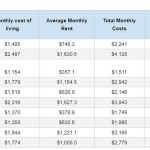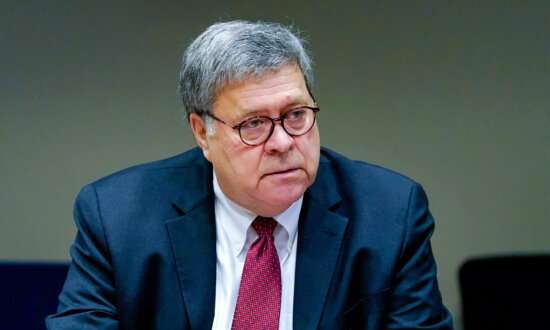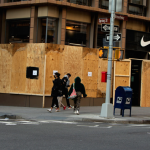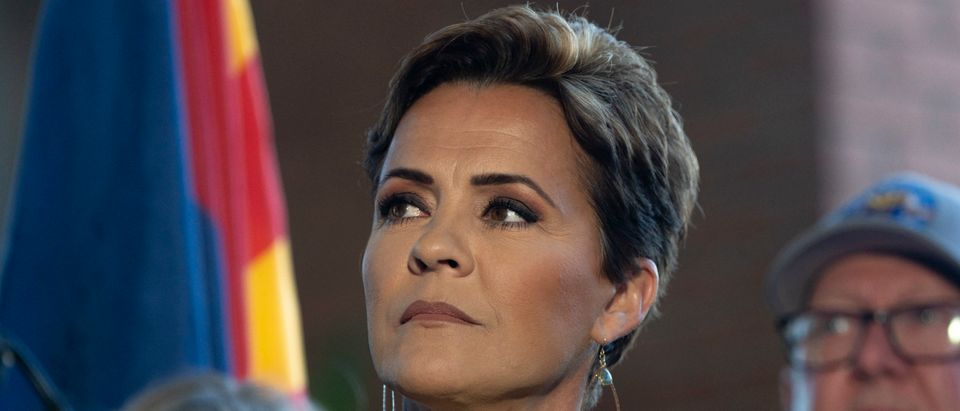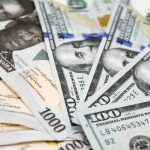By Benjamin Picton of Rabobank
Leading into the release of the Eurozone GDP figures on Friday this Daily was upbeat. Europe has been a bright spot, we said. The spot has dimmed a little now though, because European 1st quarter GDP printed at 0.1% m-o-m against a Bloomberg consensus estimate of 0.2%. The good news was that German and Spanish inflation numbers released on the day came in lower than expected, but the French numbers surprised to the upside. That shouldn’t change things too much for the ECB this week when they meet to set monetary policy. A 25bps rate hike is all but assured, and there is still a chance that the bank could go a little harder and deliver a half percentage point hike. That would certainly be consistent with the hawkish commentary from ECB speakers last week, but our resident ECB expert Bas van Geffen expects the ECB to stick with 25bp increments for the time being.
Europe wasn’t the only miss. Chinese manufacturing PMIs slid back into contractionary territory at 49.2. That was way below the Bloomberg consensus estimate of 51.4, and might be the canary in the coalmine for the global demand outlook. US data also painted a bit of a mixed picture. The headline PCE deflator came in higher than expected at 4.2% y-o-y, but this was still a handy fall from the upwardly-revised 5.1% figure recorded in March. The core readings, meanwhile, were in-line with expectations, but the expectation was for no progress from the previous month, so it’s not time to break out the bunting just yet. The employment cost index was unambiguously strong at 1.2% q-o-q. That was a tick higher than consensus estimates and the prior read.
All-in-all, the data flow out of the US doesn’t paint a clear picture for the Fed. Except for maybe painting a picture of stagflation, which we pointed to last week when the 1st quarter GDP figures underwhelmed big-time. Our Fed watcher Philip Marey expects the FOMC to raise the Fed Funds target range by 25bps later this week to a new upper bound of 5.25%. Philip thinks this will be the last hike in the cycle and that the Fed will hold rates at that level for the remainder of 2023. The major risk to this outlook is the situation with First Republic Bank, which is the lede I have been waiting to bury below:
Over the weekend there was a new kink in the First Republic story when it emerged that JP Morgan, PNC and several other financial institutions had been asked by the US government to make bids for First Republic following a mooted FDIC takeover. This seems to suggest that efforts to find a private-sector suitor have proved unsuccessful which, as we pointed out last week, was always going to be the case when the price being paid had to be higher than the market value of the consideration received. So, it looks like the FDIC is going to have to bail out the depositors of the bank, and then the carcass will be dismembered and sold off piecemeal, or swallowed up whole by a larger competitor. However, this begs the question as to what degree the depositors will be made whole by the FDIC. Will the FDIC again exercise the “systemic risk exemption” to refund 100% of deposits, as it did in the case of SVB? Or will it cap refunds at $250,000, which is what the law actually says it should do?
Long-time market watchers will be getting a sense of deja-vu from this story as it looks an awful lot like the Bear Stearns situation back in 2008 where JP Morgan ultimately snapped up Bear for $10/share. Market watchers don’t get much longer-term than Berkshire Hathaway’s Charlie Munger, who was quoted in the FT over the weekend warning that US banks were full of bad loans due to exposures to commercial real estate:
“It’s not nearly as bad as it was in 2008… but trouble happens to banking just like trouble happens everywhere else. In the good times you get into bad habits… When bad times come they lose too much.”
We’re again looking at markets through the lens of moral hazard. Certainly in the financial sense, but a cynic might also suggest there is an element of political moral hazard given the profile of SVB and First Republic’s depositor bases. A 100% FDIC bailout of First Republic depositors preceding a fire sale of the bank’s assets will again raise the question why it is that banks now operate on the pretence of private risk intermediation, when in reality they are being backstopped by the FDIC and, ultimately, the Fed (or the taxpayer). Saule Omarova, the one-time Biden pick for the Comptroller of the Currency raised these same points with Bloomberg here, arguing that US banks are now effectively public utilities.
There are latent risks in the banking system as a result of the years of cheap money that reached a crescendo in the early years of the pandemic. It is not only clear that these risks exist, but that they are non-linear. As we have found with the banking system turmoil, or the British pension system blow-up last year, it is hard to predict where the next shoe will drop until it has already hit the floor. What’s a Fed to do? They can’t ease off while inflation is high and the Dollar threatened.
We agree with Charlie Munger’s assessment that things are not nearly as bad as 2008, and believe that most of the risk is idiosyncratic. So, for now we will keep calm and watch the pace of monetary tightening, while the banking system eats carrion.
Loading…




